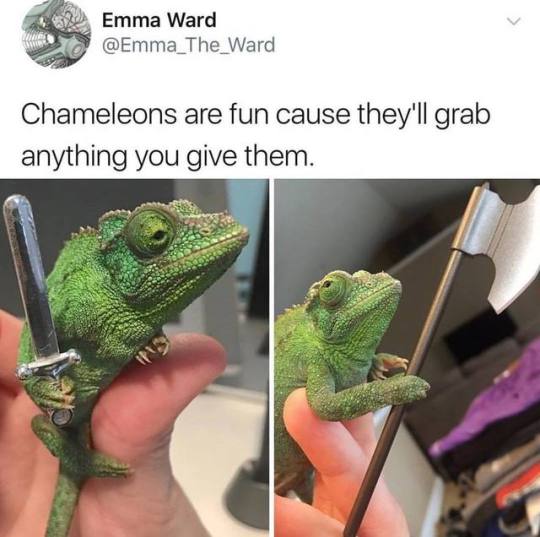Text



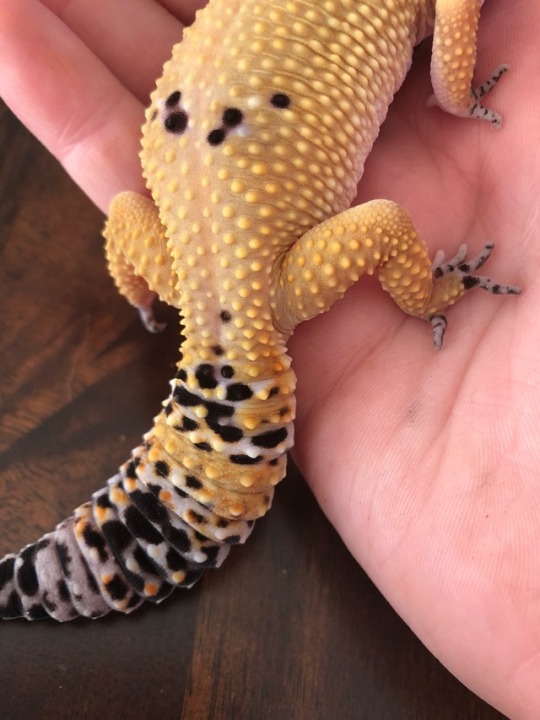

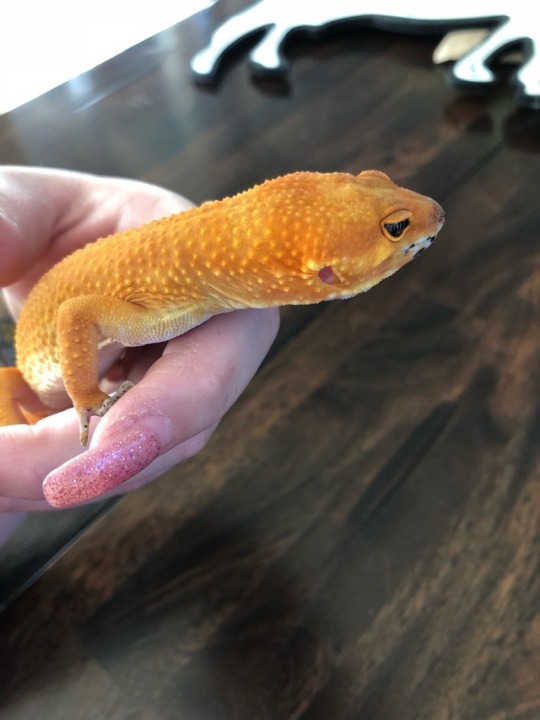

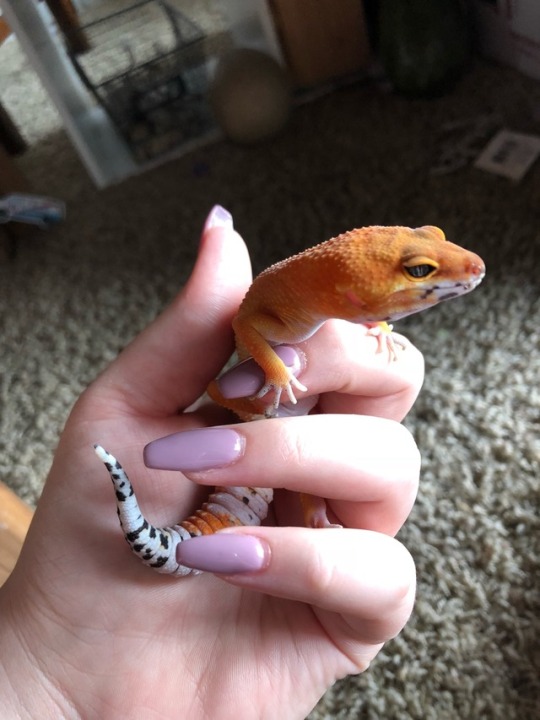


Olive and Sunshine 🌿☀️
78 notes
·
View notes
Text
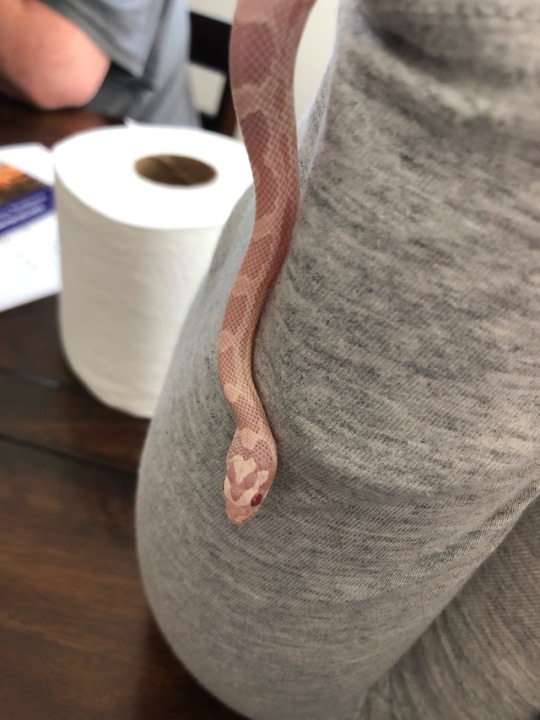



Mimir 💕
11 notes
·
View notes
Text
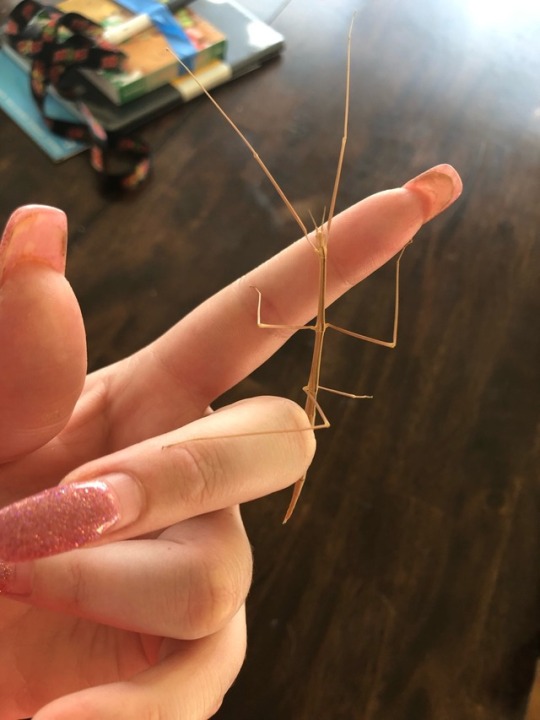

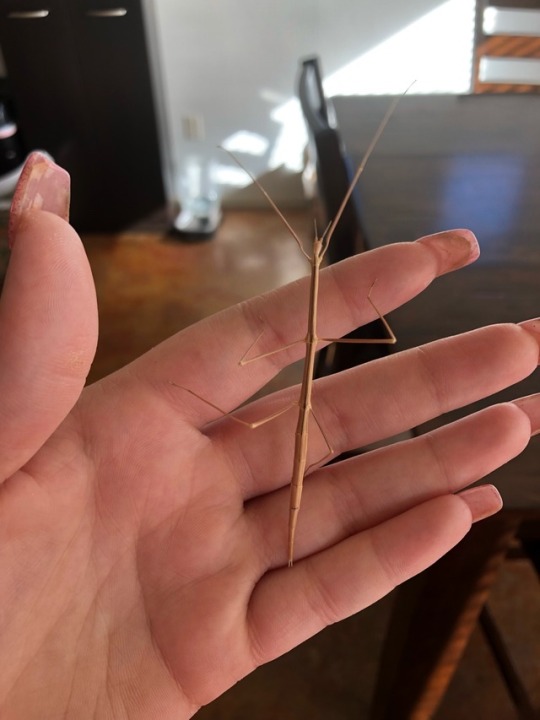

Walking stick insect!
I had never seen these before moving to AZ. 🌵
2 notes
·
View notes
Text
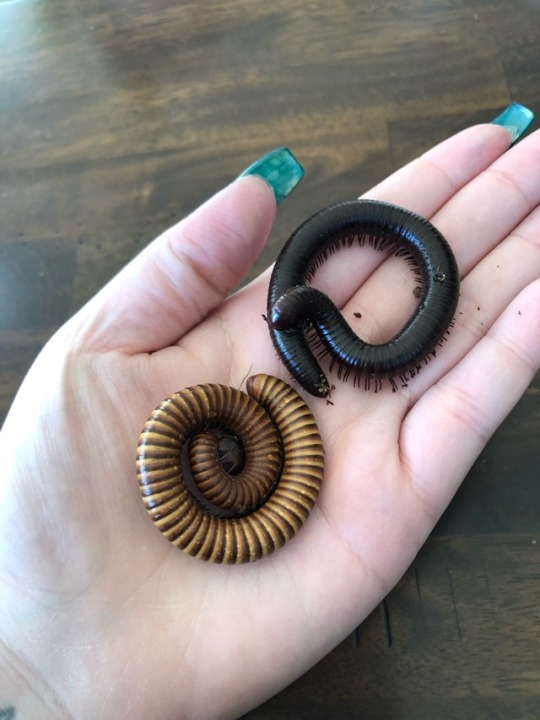
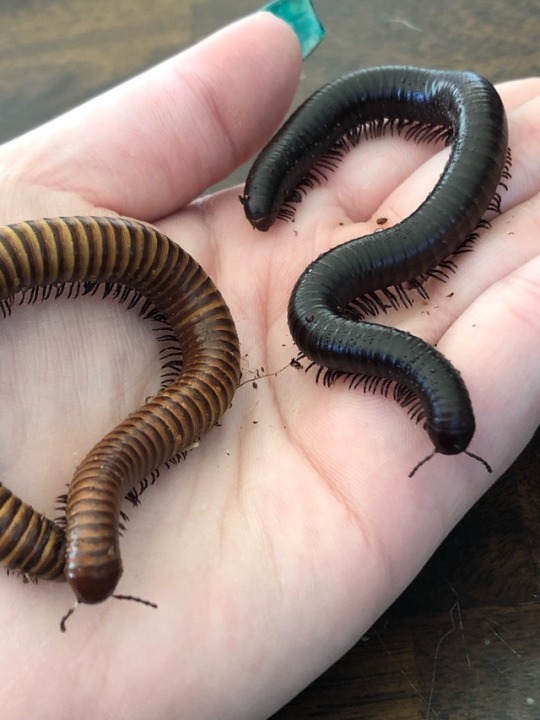


Giant desert Millies 🐛🌵
#giant desert millipede#golden desert millipede#sonoran desert millipede#millipede#arthropod#my pets#mine
6 notes
·
View notes
Text

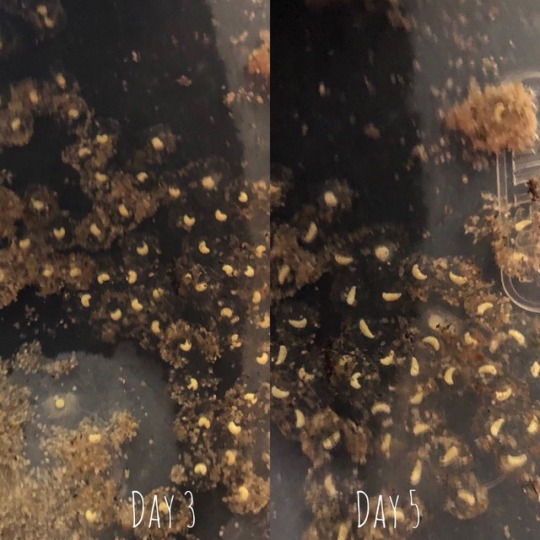
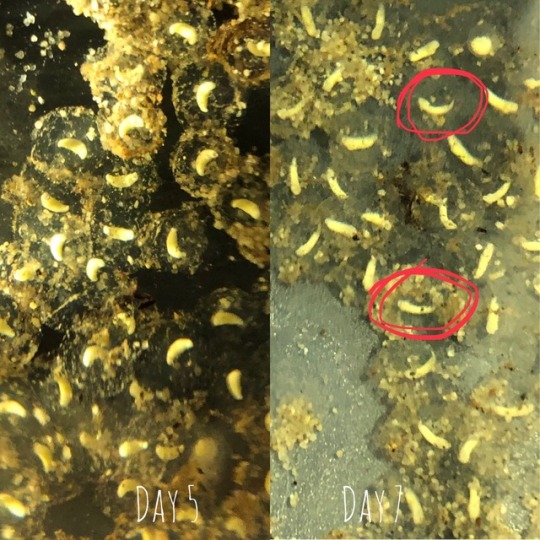
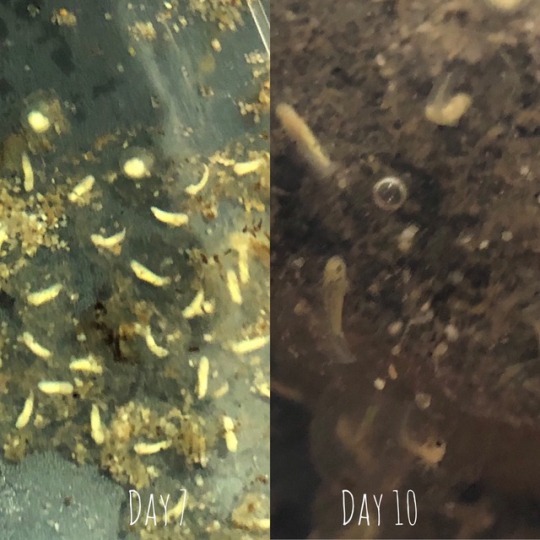
Axolotl babies!
My axolotls Valkyrie and Aladar created a sizable clutch of eggs last week! As of today they are 10 days old.
Day one they looked like little chicken eggs.
By day three they had developed into bean shapes.
Day five they grew into an enlongated bean shape.
At day seven they began to develop more defined head shapes as well as the start of gills and a ridge of a dorsal fin.
And now at day ten they have clearly defined gills, dorsal fins, and eye spots! And, most exciting, they’re starting to develop pigmentation of their morph.
Now I’m a few days we should have little larvae swimming about!
If you’re in the Tucson, AZ area and are interested in adopting a lotl or two, send me a message!
1 note
·
View note
Video
youtube
[Video of venerable TV naturalist David Attenborough standing amid vegetation. On a near-horizontal branch above his head is a brown and yellow greater bird of paradise, about the size of a crow, with big floaty yellow plumage puffing out along its back.]
Bird: Pwuk. Pwuk.
Venerable TV naturalist David Attenborough: This, surely –
Bird (hopping along the branch): WUKWUKWUkwukwukwukoooh. Oooh. Oooh.
[Cut. Same shot.]
Venerable TV naturalist David Attenborough: This, surely, is one –
Bird: Kark kark kark kark kark kark kark kark kark kark kark kark kark kark kark kark kark kark kark kark kark kark kark kark kark kark.
Venerable TV naturalist David Attenborough: This, surely –
[Cut. Same shot but the bird is on the other side now and venerable TV naturalist David Attenborough has his hand on the branch.]
Bird (hopping up and down on venerable TV naturalist David Attenborough’s fingers): Eh-eh. Eh-eh. Eh-urrrr. Eh-urrrr.
Venerable TV naturalist David Attenborough: Close up –
Bird (hopping away from him): Tiktiktiktik. Tiktiktiktik.
Venerable TV naturalist David Attenborough: – the plumes –
Bird (hopping around): Huek.
Venerable TV naturalist David Attenborough: – are truly –
Bird: Huek.
Venerable TV naturalist David Attenborough: – exquisite.
Bird: Huek. Eh-eh.
Venerable TV naturalist David Attenborough: The gauzy –
Bird (hopping and spinning on the spot): HukWUKWUKWukwukoooh. Oooh.
Venerable TV naturalist David Attenborough: …
[Cut. Same shot but the bird is back on the original side of the branch.]
Bird: Aark.
Venerable TV naturalist David Attenborough: Of course, by the eighteenth century –
Bird: Ehhh.
Venerable TV naturalist David Attenborough: – naturalists realized that birds of paradise –
Bird (hops across to the other side of the branch)
Venerable TV naturalist David Attenborough: – did have –
Bird (hopping back again): Krrrrrrrrrrrrrrrr.
Venerable TV naturalist David Attenborough: – legs. Even so –
Bird: WUKWUKWUKWukwukwukooh.
[Cut. Same shot.]
Venerable TV naturalist David Attenborough (apparently trying to tickle the bird’s tummy): – by about the eighteenth century –
Bird (hops away and spins round)
Venerable TV naturalist David Attenborough: – and so –
Bird: AAAAAK AAAK AAAK AAAK AAAK AAAK AAAK AAAK AAAK AAAK AAAK aaak.
Venerable TV naturalist David Attenborough (wearily): … Very well.
[Cut. Same shot.]
Venerable TV naturalist David Attenborough: – but Karl Linnaeus, the great –
Bird (vibrating rapidly on the spot and then flapping its wings): PWAAAAAAAK.
Venerable TV naturalist David Attenborough: – classifier of the natural world –
Bird: AAAAAUUUH AAAUUUH AAAUUUH AAAUUUH AAAUUUH AAAUUUH AAAUUUH AAUUH.
Venerable TV naturalist David Attenborough: – when he came to allocate a scientific name –
Bird: …
Venerable TV naturalist David Attenborough: – to this bird –
Bird: …
Venerable TV naturalist David Attenborough: – called it –
Bird: Wooo-ooo.
Venerable TV naturalist David Attenborough: – wooo-ooo –
Bird (surveys the surroundings with a dignified turn of the head)
Venerable TV naturalist David Attenborough: ‘paradisia apoda’: the bird of paradise –
Bird: Hoooo.
Venerable TV naturalist David Attenborough: – without legs.
Bird: Eh-eh.
[Close-up of the bird.]
Bird: WUKWUKWUKWUkwukwukwukwukoooh. Ooh.
Bird: Ooh.
[Fade to black.]
75K notes
·
View notes
Video
This is the purest, most beautiful thing I have ever seen in the entire world. What a wonderful experience wow honestly what a privilege to be graced with this sweet perfect thing at 4:14 in the morning
428K notes
·
View notes
Photo
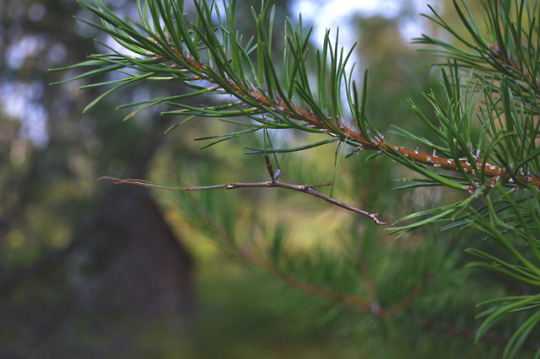


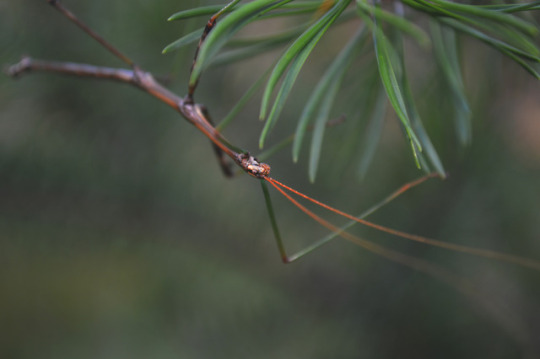

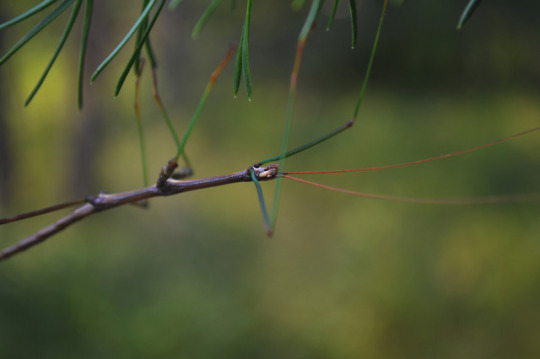
Doesn’t this little creature look like the faeries from Pan’s Labyrinth?
(Northern Walking Stick- Diapheromera femorata)
♡ Prints and more at my Society6 ♡
🌛Instagram- megarahmoon
29 notes
·
View notes
Text
How to take a bath, a helpful guide brought to you by Baba
Step one: observe water

Step two:
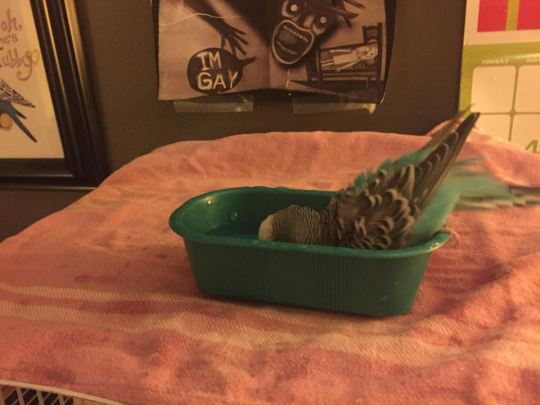
D U N K
2K notes
·
View notes
Photo

When I was a child, my father would take me trout fishing, and I spent hours marveling from the riverbank at the trouts’ ability to, seemingly effortlessly, hold their position in the fast-moving water. As it turns out, those trout really were swimming effortlessly, in a manner demonstrated above. The fish you see here swimming behind the obstacle is dead. There’s nothing powering it, except the energy its flexible body can extract from the flow around it.
The obstacle sheds a wake of alternating vortices into the flow, and when the fish is properly positioned in that wake, the vortices themselves flex the fish’s body such that its head and its tail point in different directions. Under just the right conditions, there’s actually a resonance between the vortices and the fish’s body that generates enough thrust to overcome the fish’s drag. This means the fish can actually swim upstream without expending any energy of its own! The researchers came across this entirely by accident, and one of the questions that remains is how the trout is able to sense its surroundings well enough to intentionally take advantage of the effect. (Image and research credit: D. Beal et al.; via PhysicsBuzz; submitted by Kam-Yung Soh)
14K notes
·
View notes
Photo
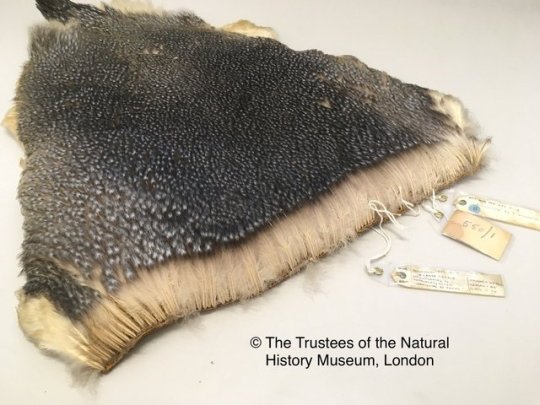

Ever Wondered How Emperor Penguins Survive in Temperatures of −40°C ?
Their feathers are densely packed, and have in fact the highest contour feather density of any bird, allowing them to maintain a constant body temperature of 38°C in freezing waters.
Depsite previous reports that filoplumes and plumules aka.downy feathers, are absent in penguins, new research has found the presence of both feathers in the penguin’s plumage. It was assumed before this that afterfeathers were the sole insulation component in the penguin’s plumage.
These downy feathers are about four times denser than the afterfeathers of the bird and play a key role in the insulation of penguins.
‘Hidden keys to survival: the type, density, pattern and functional role of emperor penguin body feathers’. Williams C, Hagelin J, Kooyman G. Proceedings of the Royal Society B. 21 October 2015. DOI: 10.1098/rspb.2015.2033
21K notes
·
View notes
